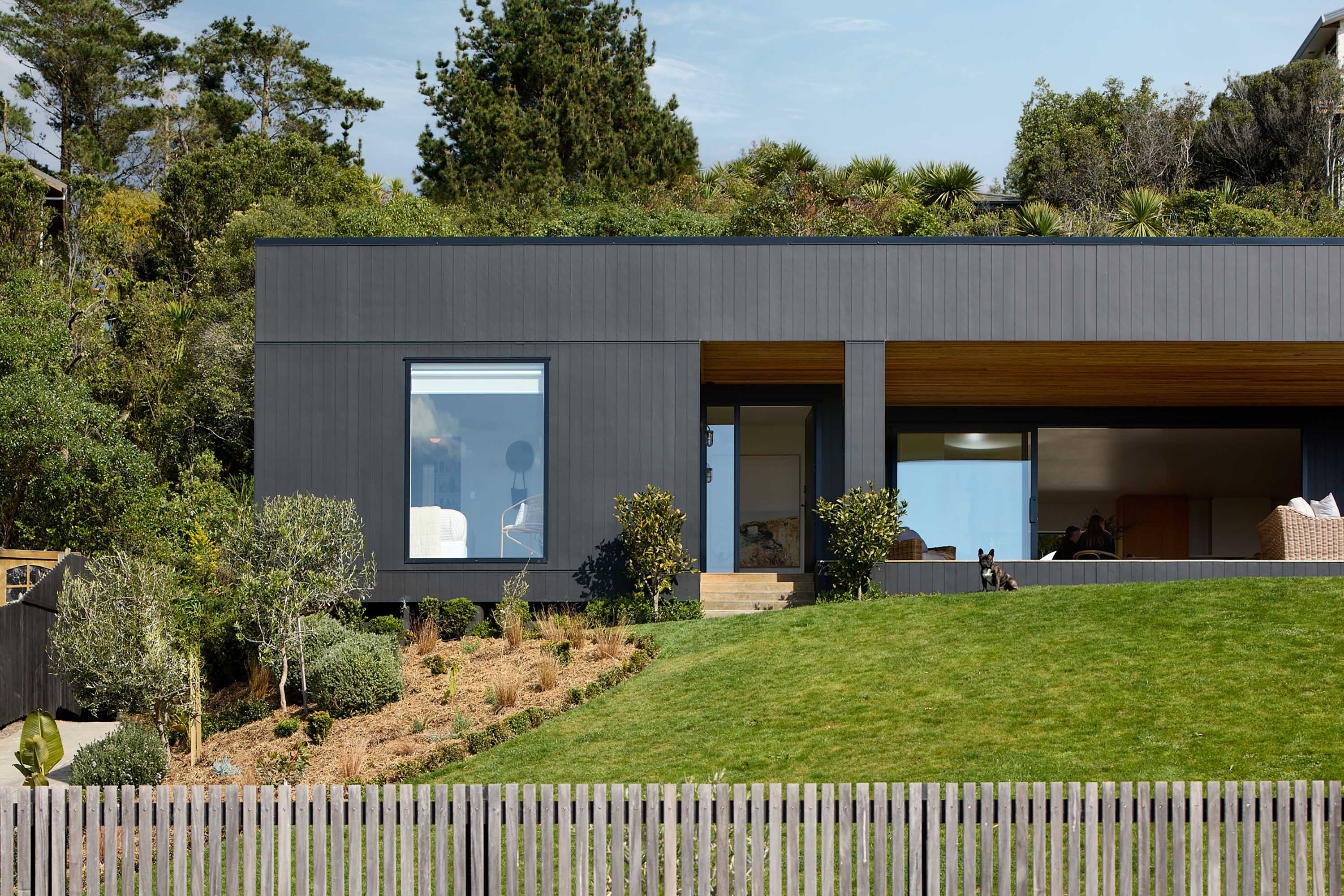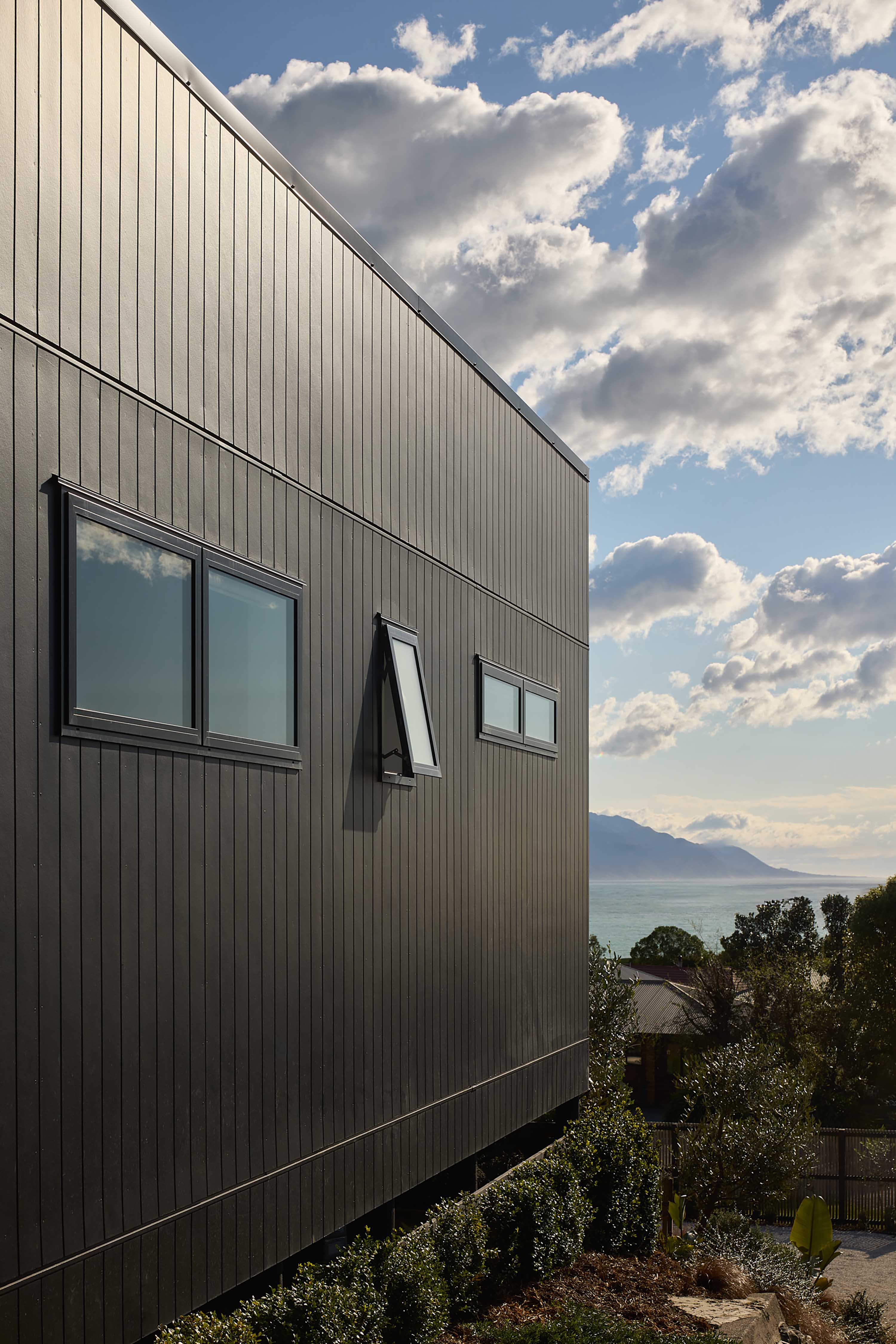


THE DESIGNER
“When I formed MOA (McNulty Oskam Architecture) about 10 years ago with Rob Oskam, the idea was that we’d keep things simple. I wanted to work from the ground up and be judged by performance. No false advertisements, no propaganda.
Our key focus is residential homes. We’re doing a lot of smaller houses at the moment, which I really love because I’ve been there – I’ve designed my own house and I know how important it is to shape the home around the family. Planning is crucial and managing dead space is really important; you have to limit it.
The main thing is putting myself into the client’s shoes and trying to understand their performance requirements because we’re all so different and our homes need to reflect that.”
THE HOUSE
The owners of this Kaikōura family home initially engaged MOA Design to renovate their earthquake-damaged bungalow. But after early investigations raised budgetary and safety concerns, they decided to build anew. “You need to look at the lifespan of an old home,” explains Michael McNulty. “With a new-build, you’re guaranteed time, durability and a safer result.”
The four-bedroom home champions its dramatic sea view, easy indoor-outdoor flow and family connection. “The outlook is exceptional,” says McNulty. “You can even spot whales from up there.” Living areas are orientated towards the water. A deep covered deck forms a valuable extension of the home and a barrier against direct sunlight. Out the back, a second outdoor living area, complete with firepit, is tucked away from the wind. The whole experience is moulded around the rhythms of family life.
The clients brought many design references to the table, including a number of “Japandi” inspirations, which blend the elegant minimalism of Japanese design with the warmth and comfort of Scandinavian style. “We knew the minimalist style wouldn’t detract from the setting and we could make it work in a way that aligned with their budget,” says McNulty.
The sharp, dark cladding was an easy choice. Formed from James Hardie Axon™ Panel, the vertical shiplap presents a clean, refined finish. “We didn’t want the façade to be busy; it was just basically keeping that front as elegant as we could,” explains McNulty. Made from low-maintenance Hardie™ fibre cement, that’s both fire and rot resistant, it offers the owners (who had already been through the 2016 earthquake) some well-earned peace of mind.
Inside, white Hardie™ Groove Lining nods to the snow-capped Kaikōura Ranges, and offsets the dark cladding. Elevating these communal areas was important, aesthetically and conceptually, as a means to foster togetherness. Bedrooms were kept modest to encourage the family into the shared spaces.
However, the private quarters are not without their moments of elevation. In the primary bedroom, a large picture window, sitting flush with the Axon™ Panel, captures the beauty of the home’s epic coastal perch. “You see the Alps, the water, the land,” says McNulty. “It’s so calm, so lovely.”


Related Stories: